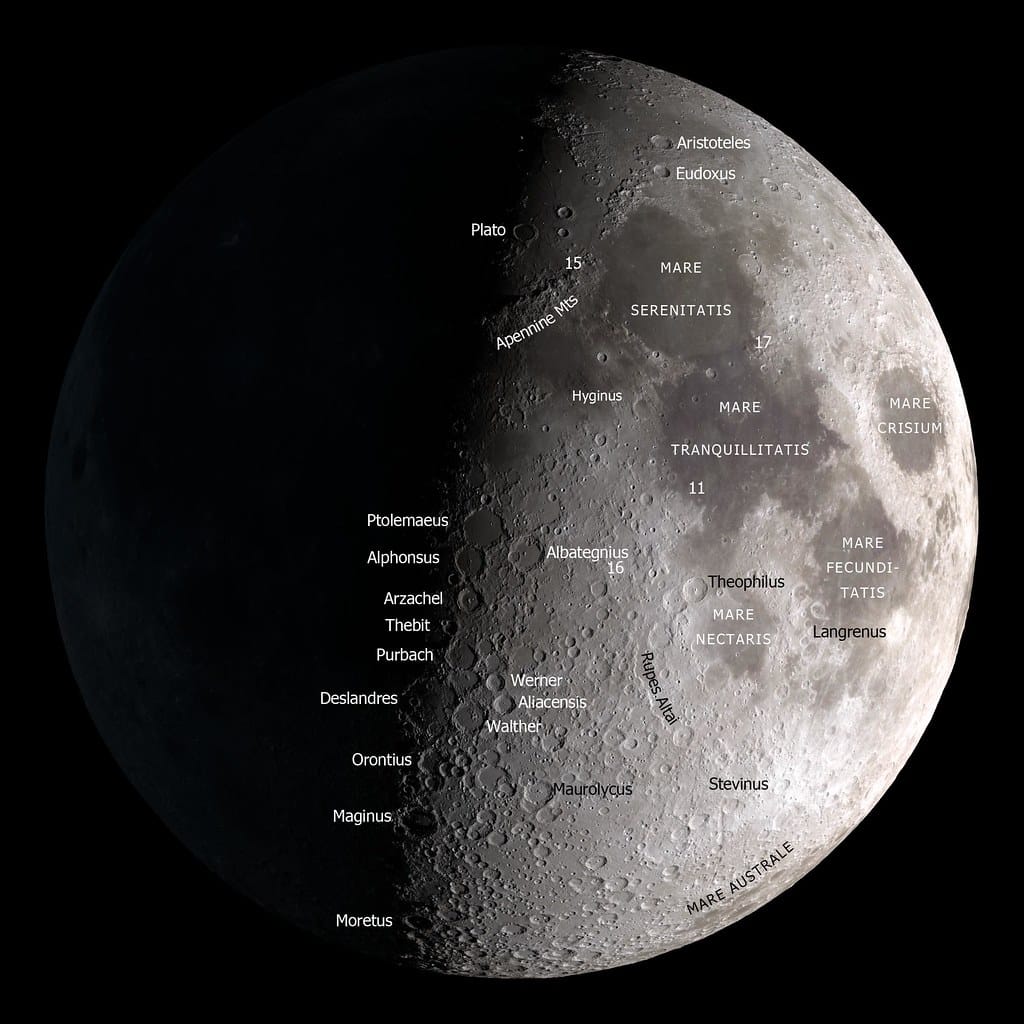Scientists Plan Revolutionary Moon Mission to Capture Ancient Radio Signals From the Dawn of Time
Astronomers are preparing to launch an unprecedented mission that could unlock secrets from the universe's earliest moments—by listening to billion-year-old radio waves from the far side of the Moon. This ambitious project represents humanity's boldest attempt yet to peer back into the cosmic "Dark Ages," a mysterious period before the first stars illuminated our universe.
The Dark Ages: A Missing Chapter in Cosmic History
The universe's Dark Ages occurred roughly 380,000 to 1 billion years after the Big Bang, when the cosmos had cooled enough for atoms to form but before the first stars began to shine. During this period, the only light came from the fading afterglow of the Big Bang itself, leaving the universe in relative darkness.
Scientists believe that during this era, the first hydrogen clouds began to collapse under gravity, eventually forming the earliest stars and galaxies. However, studying this period has proven nearly impossible from Earth due to interference from our planet's atmosphere and the constant barrage of radio signals from human technology.
Why the Moon's Far Side Holds the Key
The far side of the Moon offers a unique advantage for radio astronomy—it's the only place in our solar system completely shielded from Earth's radio interference. This natural "radio quiet zone" provides an ideal listening post for detecting the faint 21-centimeter wavelength signals that hydrogen atoms emitted during the Dark Ages.
These ancient radio waves have been stretched by the universe's expansion, shifting them to lower frequencies that can only be detected by sensitive radio telescopes. The Moon's far side eliminates the need to filter out billions of competing signals from satellites, cell towers, and other terrestrial sources.
The Technology Behind the Mission
The proposed mission involves deploying a sophisticated array of radio antennas across the lunar surface, potentially covering several square kilometers. These antennas would work together as a single, massive radio telescope—far larger than anything possible on Earth.
Key technological components include:
- Ultra-sensitive receivers capable of detecting signals billions of times fainter than current Earth-based telescopes
- Advanced signal processing to distinguish ancient cosmic signals from modern interference
- Autonomous operation systems that can function independently for extended periods
- High-bandwidth communication links to transmit data back to Earth
International Collaboration and Timeline
The project has garnered support from major space agencies including NASA, the European Space Agency (ESA), and the Chinese National Space Administration. Initial planning suggests a phased approach, with the first components potentially launching within the next decade.
The mission faces significant challenges, including the extreme lunar environment, the need for precise instrument calibration, and the enormous computational requirements for processing the collected data. However, recent advances in space technology and miniaturization have made the concept increasingly feasible.
What We Might Discover
Success could revolutionize our understanding of cosmic evolution. Scientists hope to:
- Map the universe's first structures and understand how matter clumped together to form the earliest galaxies
- Determine the timeline of when the first stars ignited and began reionizing the universe
- Test fundamental theories about dark matter and dark energy's role in cosmic evolution
- Identify unexpected phenomena that current models haven't predicted
Dr. Jack Burns, a leading researcher on the project, explains: "We're essentially trying to detect the universe's first whispers—signals that have been traveling through space for over 13 billion years, carrying information about conditions that existed when the cosmos was just a fraction of its current age."
The Broader Impact
Beyond its scientific value, this mission represents a new era of lunar exploration focused on cutting-edge research rather than just human presence. It demonstrates how the Moon can serve as a platform for observations impossible from Earth, potentially paving the way for other revolutionary space-based telescopes.
The project also highlights the growing importance of international collaboration in space exploration, as no single nation has the resources or expertise to tackle such an ambitious undertaking alone.
Looking to the Stars Through Ancient Silence
As we stand on the threshold of this groundbreaking mission, we're reminded that sometimes the most profound discoveries come from listening carefully to the quietest corners of our universe. The far side of the Moon may soon become humanity's most important observatory, helping us understand not just where we came from, but how the cosmos itself evolved from darkness into the star-filled universe we see today.
The ancient radio waves waiting to be discovered represent more than scientific data—they're the universe's own story, written in the language of physics and preserved in the cosmic background for billions of years, waiting for us to finally learn how to listen.
